D-Day And Pearl Harbor: What’s The Connection?

This year marks the 73rd anniversary of D-Day. When reflecting on WWII, particularly the two major events of D-Day and Pearl Harbor, it’s important to see how the two are historically linked.
On June 6, 1944, more than 160,000 Allied troops landed along a 50-mile stretch of heavily fortified French coastline, to fight Nazi Germany on the beaches of Normandy. Gen. Dwight D. Eisenhower called the operation a crusade in which “we will accept nothing less than full victory.”
More than 5,000 ships and 13,000 aircraft supported the D-Day invasion, and by day’s end, the Allies gained a foot-hold in Continental Europe. The cost in lives on D-Day was high. More than 9,000 Allied soldiers were killed or wounded. But their sacrifice allowed more than 100,000 soldiers to start the slow, treacherous slog across Europe to defeat Hitler’s troops.
D-Day and Pearl Harbor
Pearl Harbor was attacked on December 7, 1941. The U.S. then declared war on Japan, and Germany in turn declared war on the United States.
D-Day and Pearl Harbor are linked because Pearl Harbor created a war. D-Day proved an appropriate measure as part of that war.
President Roosevelt decided to give priority to defeating Germany over Japan after talking with Winston Churchill. The USSR then pressured the Allies to open up a second front in order to relieve pressure of of the eastern front. Therefore, D-Day (Operation Overlord) launched to open up a second front and to liberate France.
Pearl Harbor initially sparked a state of war to exist between Japan and the United States. After Germany declared war on the United States, and vice versa, then the U.S. prioritized Europe over the Pacific. Liberating Europe required amphibious operations at one stage or another. Italy’s operations failed to move as quickly as hoped, so the Normandy invasions took place on D-Day (followed by other landings in the south of France several days later). D-Day opened up the second front which Stalin, the Soviet leader, practically begged for for three years.
The U.S. previously supplied the Soviets, British, Chinese and other Allies with equipment, notably via the Lend-Lease Act of 1940. The American people did not want to enter the war directly, but Pearl Harbor changed that.
These events indeed remain connected, ultimately because they encompass the beginning, beginning of the end, and the end of WWII for America. Pearl Harbor served as the start, D-Day the climax, and the bombing of Hiroshima the resolution of the United States in the Second World War.
